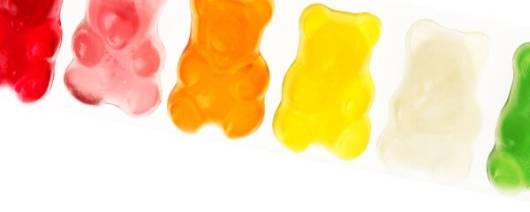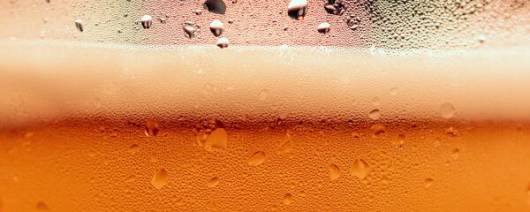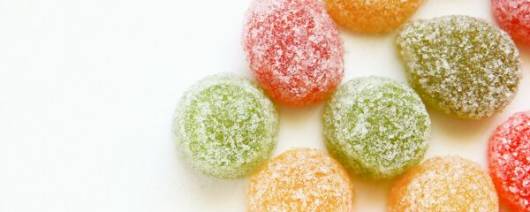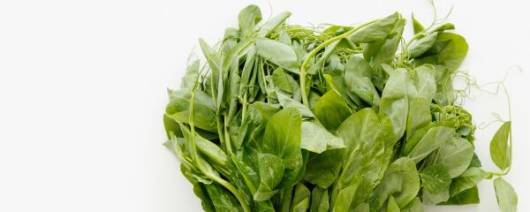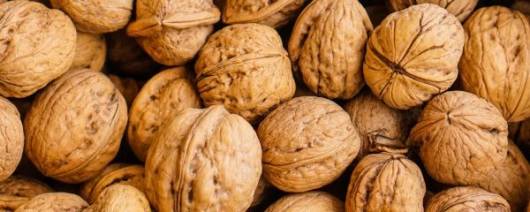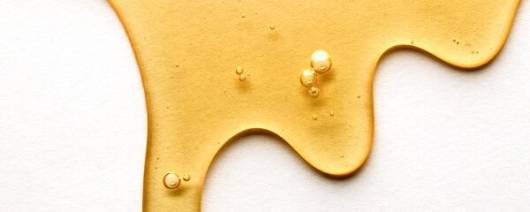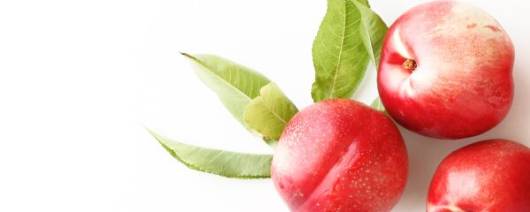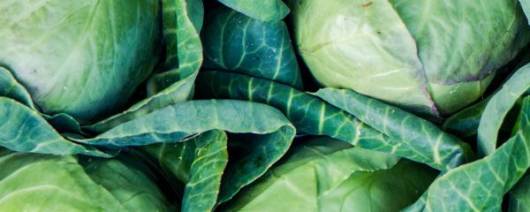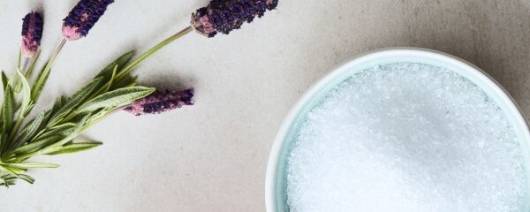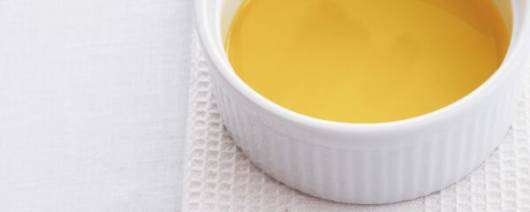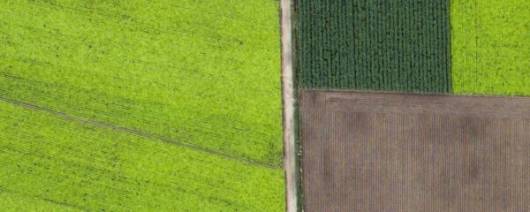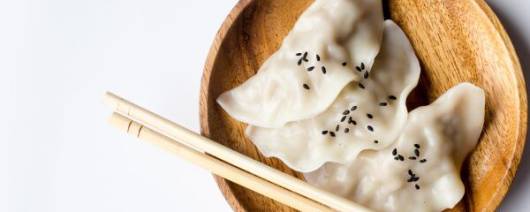
- Ingredient Name:Potassium Bitartrate
- Functions:Preservative, Leavening Agent, Acidity Regulator
- Labeling Claims:Natural
- Certifications & Compliance:Hazard Analysis Critical Control Point (HACCP)
Randi Cream of tartar contains not less than 99.5 per cent and not more than the equivalent of 100.5 per cent of the anhydrous substance. Cream of tartar presents itself as white or almost white crystalline powder or colorless crystals. Cream of tartar is naturally present in grapes. It deposits when the wine is left to stay in tanks, especially during winter months. Cream of tartar is purified without adding any toxic or noxious chemical additives. The result is the white powder, which has always been used to make cakes. Some very famous industries today prefer to use natural products, such as cream of tartar, thus treasuring ancient traditions. Cream of tartar was well known in ancient days, ever since wine was made from grapes, since it could be gathered on the sides and at the bottom of wine vases. Alchemists used it as a flux for certain metals; Paracelsus claimed it had great therapeutic virtues, a panacea for every illness. Van Helmont explained how the cream was separated from the wine. Boerhave also identified it in grape must, and other chemists such as Libavius, Corvnus and Sola discovered the presence of potassium in it. In the VIIIth century, it was given the name of tartar, an Arabic word meaning wine deposit. Tartaric products in general today are in great demand, due to their excellent ease of digestion, in the business of improvements for bread making.
